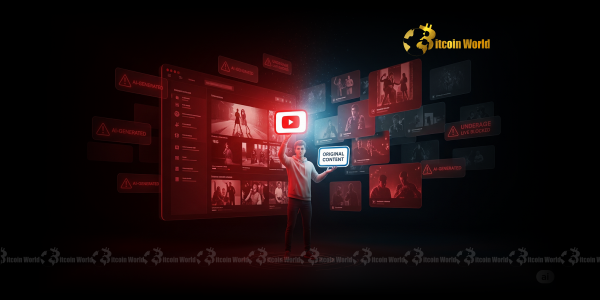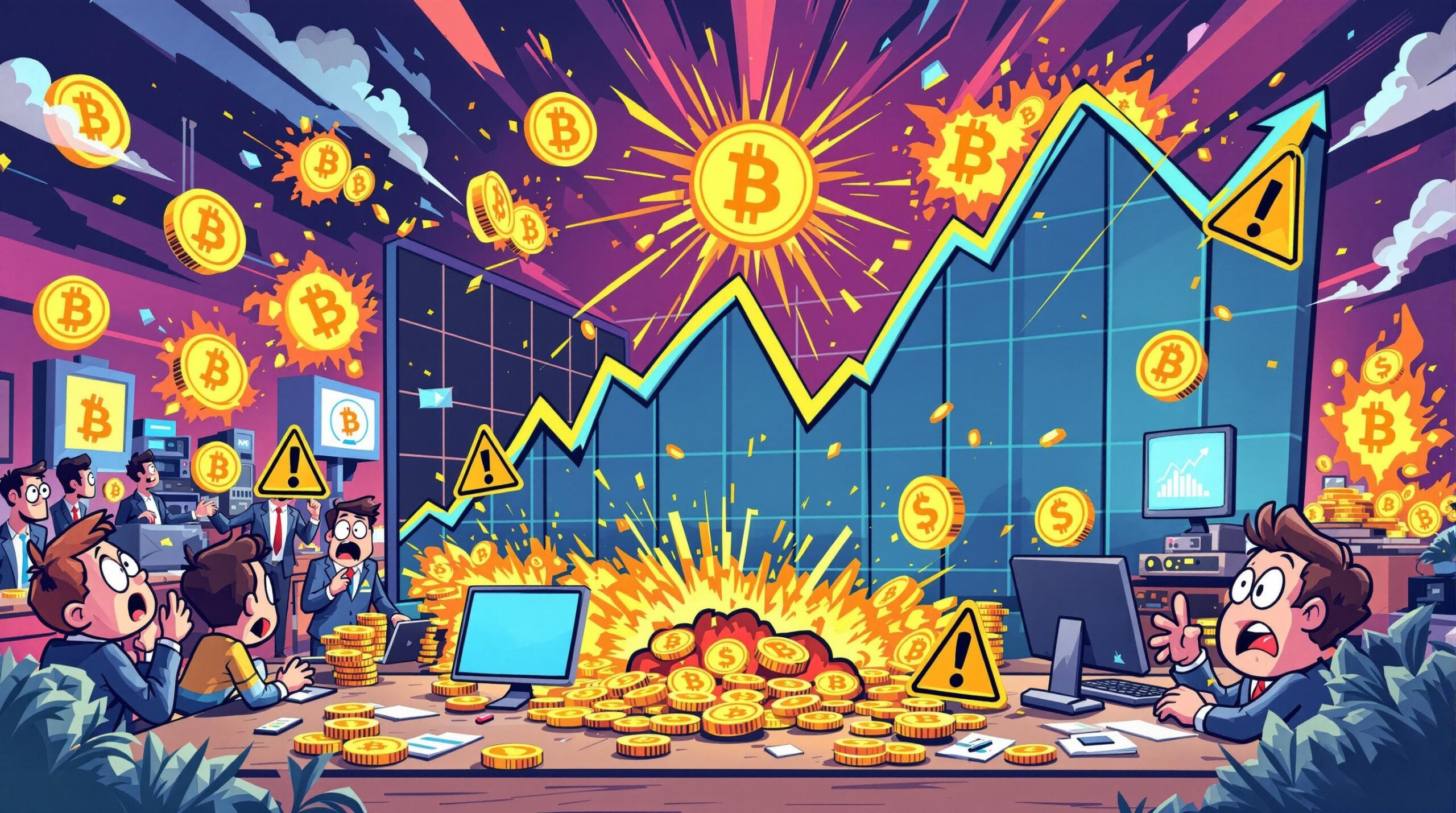
In an era where digital assets and verifiable information are paramount, the integrity of online content has never been more crucial. Just as the blockchain community values transparency and authenticity, major platforms like YouTube are now taking decisive steps to ensure the content viewers consume is genuine and adds real value. This move comes as AI Content generation becomes increasingly sophisticated, raising concerns about the proliferation of low-quality, mass-produced media.
Understanding the New YouTube Policy Update
On July 15, YouTube is set to implement significant updates to its YouTube Partner Program (YPP) Monetization policies. While YouTube describes this as a ‘minor update,’ the implications for creators and the broader digital landscape are substantial. The core of the change revolves around tightening guidelines on what constitutes ‘inauthentic’ and ‘repetitive’ content—material that has become remarkably easier to churn out with the aid of artificial intelligence.
- Clarity on ‘Inauthentic’ Content: The updated YouTube Policy aims to provide clearer definitions of content that cannot be monetized. While specific language is pending, it reinforces YouTube’s longstanding requirement for ‘original’ and ‘authentic’ uploads.
- Targeting Mass Production: The primary focus is on content that is mass-produced, repetitive, or lacks significant editorial value, often referred to as ‘spam’ by viewers.
- Not Against All Repurposed Content: Importantly, YouTube has clarified that this update is not intended to penalize legitimate uses of repurposed content, such as well-edited reaction videos or critical commentary that adds substantial value. The concern is specifically about content that is auto-generated or stitched together without genuine human insight or effort.
The Alarming Rise of AI Content and ‘AI Slop’
The term ‘AI Slop‘ has entered the digital lexicon to describe the deluge of low-quality, often nonsensical media created using generative AI tools. This phenomenon poses a direct threat to the quality and trustworthiness of online platforms. The ease with which AI can now generate voices, images, and even full video narratives has led to an explosion of such content, designed primarily to capture views without offering genuine engagement or information.
Consider these compelling examples of AI slop that have already permeated the platform:
- Automated Voice-Overs: Channels frequently overlay AI-generated voices onto static images, repurposed video clips, or unoriginal text, creating ‘content’ with minimal human input.
- AI-Generated Music: Entire channels dedicated to AI-composed music have amassed millions of subscribers, blurring the lines between human creativity and algorithmic generation.
- Fake News and Deepfakes: AI-generated videos purporting to be news about high-profile events, such as the Diddy trial, have garnered millions of views, sowing disinformation. Similarly, AI-generated phishing scams have even used the likeness of YouTube’s CEO, Neal Mohan, highlighting the serious security and ethical challenges.
- Automated Series: A viral true crime series was exposed as entirely AI-generated, demonstrating the advanced capabilities of these tools to mimic human storytelling without genuine human effort.
While these tools offer immense potential, their misuse for rapid, low-effort content creation undermines the platform’s integrity and devalues the work of genuine creators.
Protecting Creator Monetization and Platform Integrity
For many, YouTube is not just a platform for sharing videos; it’s a livelihood. The Creator Monetization ecosystem relies on fair play and the reward of original, engaging content. When AI slop floods the platform, it directly impacts the discoverability and earning potential of authentic creators. This policy update is YouTube’s strategic move to protect its ecosystem.
Why is this crackdown essential for monetization?
- Fair Competition: It levels the playing field, ensuring that creators who invest time, effort, and creativity are not overshadowed by automated content farms.
- Advertiser Trust: Brands are increasingly wary of associating their ads with low-quality or potentially misleading content. By cleaning up the platform, YouTube maintains advertiser confidence, which is vital for its revenue model and, by extension, creator earnings.
- Viewer Experience: A platform inundated with spammy content quickly loses its audience. By prioritizing quality, YouTube ensures a better viewing experience, encouraging continued engagement and growth for legitimate channels.
Championing Digital Authenticity in a Changing Landscape
The push for Digital Authenticity extends beyond just YouTube. It reflects a growing industry-wide concern about the impact of generative AI on information integrity and trust. Platforms are grappling with the ethical implications of AI-generated content, especially when it is designed to deceive or merely exist as digital noise.
YouTube’s clear stance signals a commitment to maintaining its reputation as a hub for valuable, human-created content. While some might downplay these changes as ‘minor,’ the reality is that unchecked growth of AI slop could severely damage YouTube’s brand and long-term value. This proactive measure allows the company to implement mass bans of creators who exploit AI for inauthentic monetization, safeguarding the platform’s future.
The Ongoing Battle Against AI Slop: A Call to Action for Creators
The fight against AI Slop is an ongoing one, requiring vigilance from platforms and a commitment to quality from creators. For those aspiring to build a sustainable presence on YouTube, understanding and adhering to these updated policies is paramount. Here are some actionable insights for creators:
- Focus on Originality: Prioritize creating content that showcases your unique perspective, skills, or insights. Even if you use AI tools, ensure they enhance, rather than replace, your creative input.
- Add Unique Value: Ask yourself: Does this content offer a new angle, deeper analysis, unique entertainment, or genuine human connection? If not, it might fall under the ‘repetitive’ category.
- Understand Policy Nuances: Stay informed about YouTube’s guidelines. What might seem like a small tweak can have significant implications for monetization.
- Engage Authentically: Build a community around genuine interaction, not just views. This fosters loyalty and differentiates your channel from automated content.
This policy update is a necessary step in the evolution of online content. It reinforces the idea that true value lies in human creativity, authenticity, and the effort put into crafting meaningful experiences. As AI technology continues to advance, the distinction between genuine content and automated ‘slop’ will become increasingly important for both platforms and audiences.
To learn more about the latest AI market trends, explore our article on key developments shaping AI models features.





